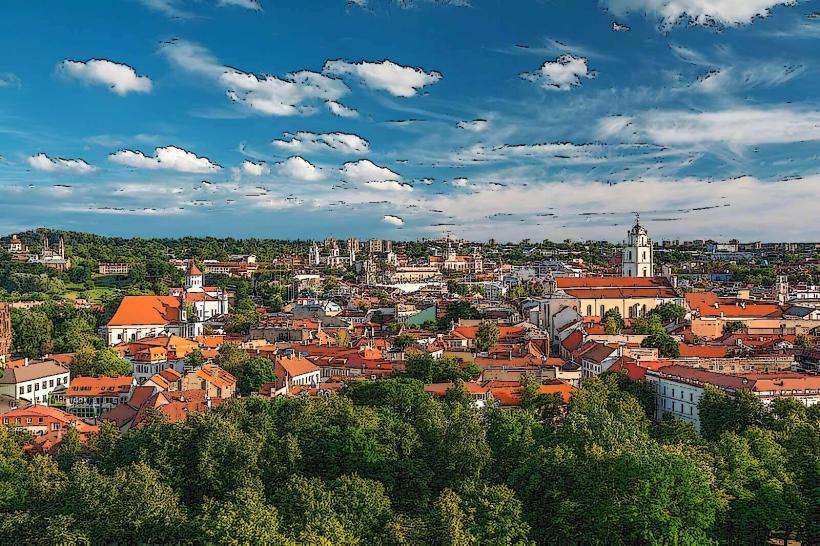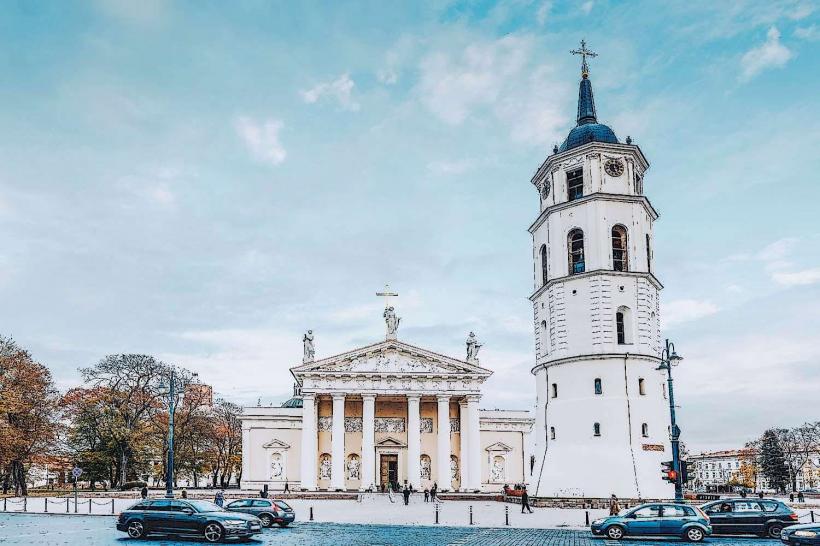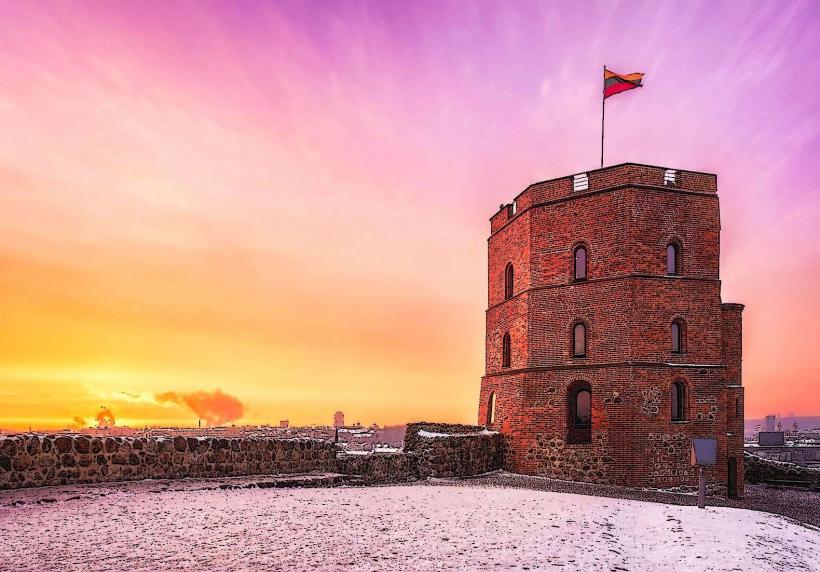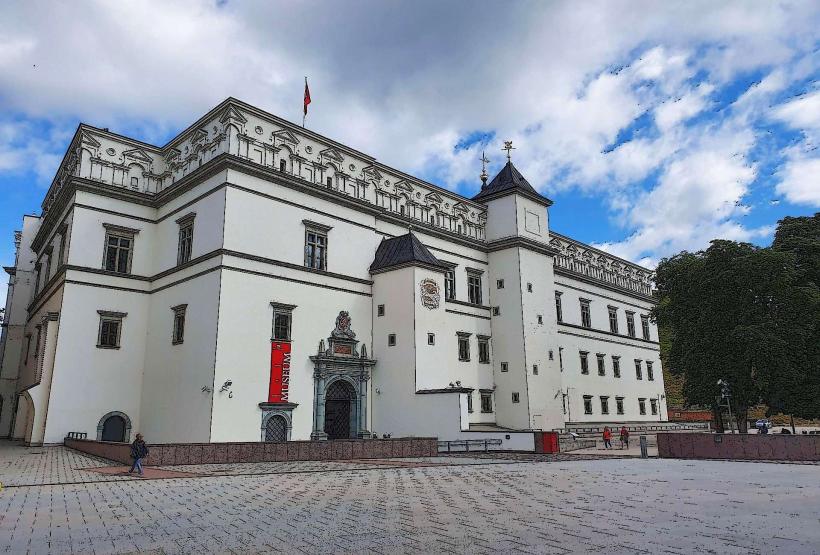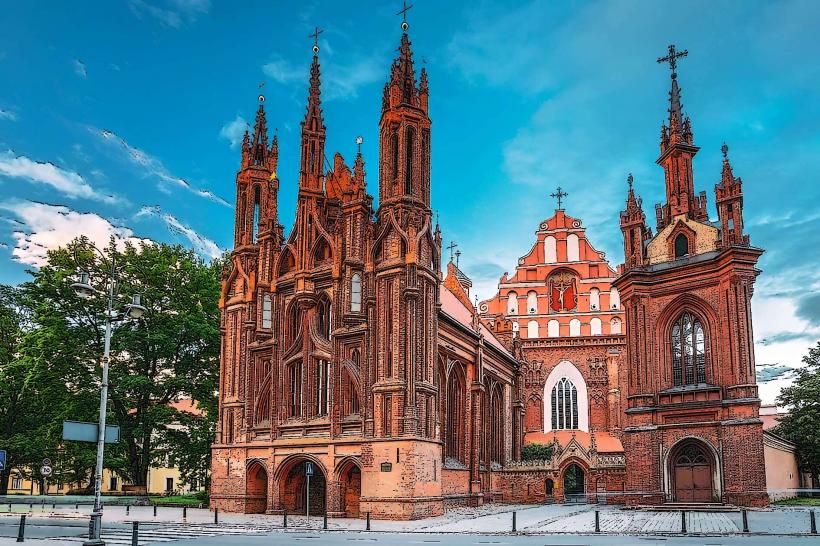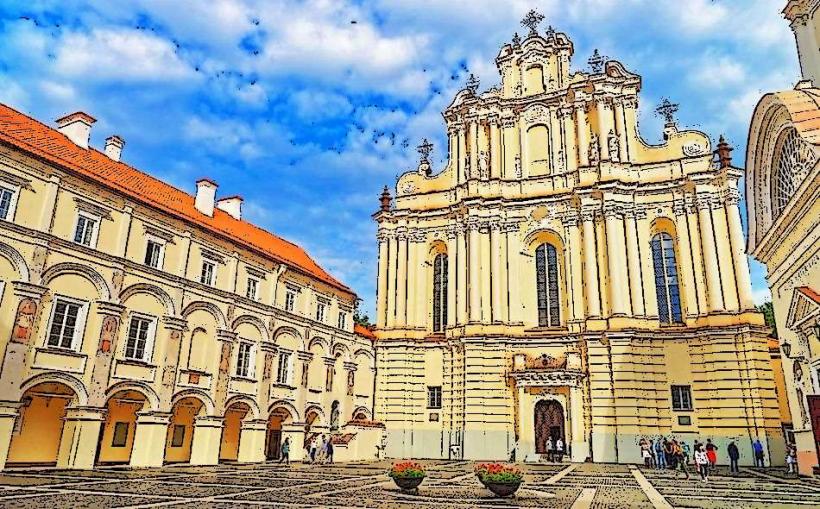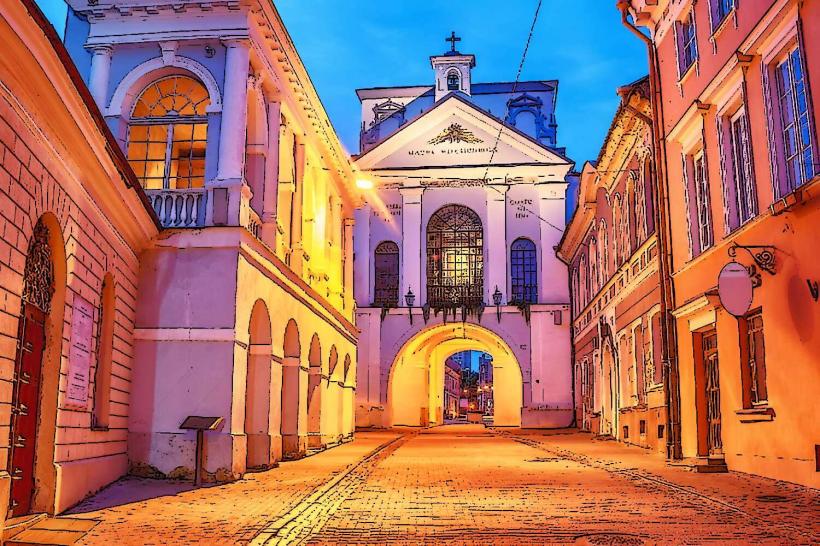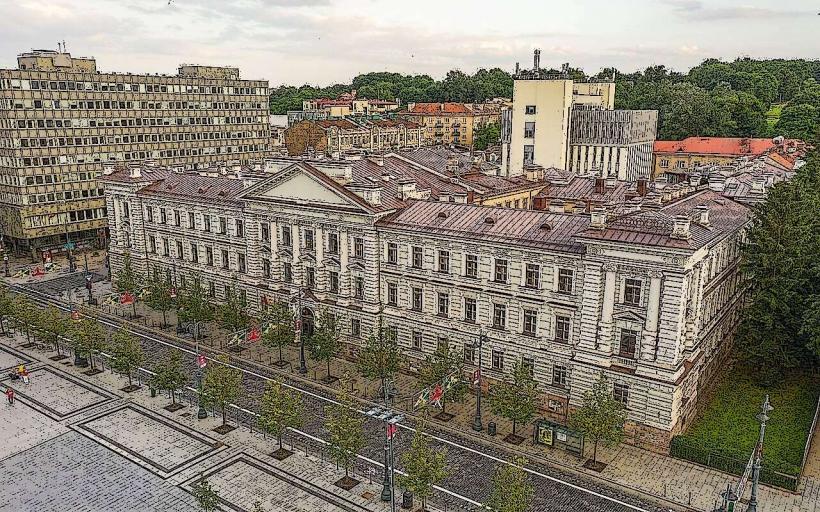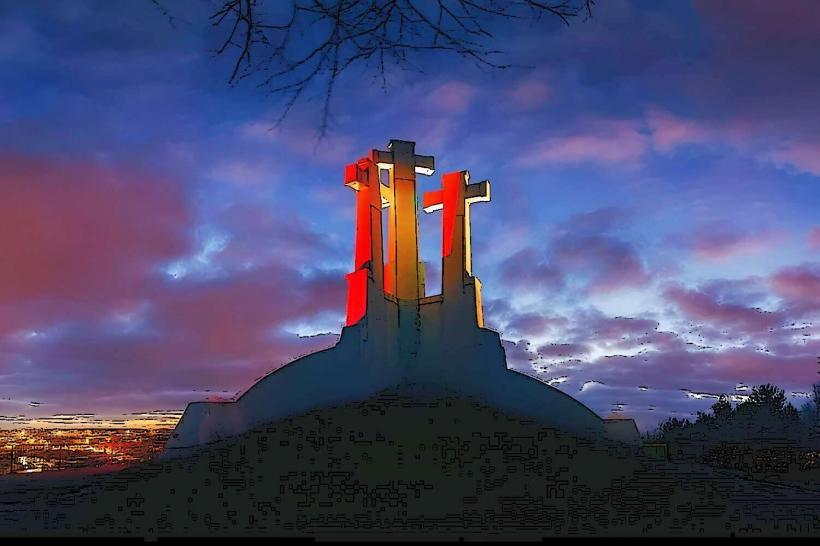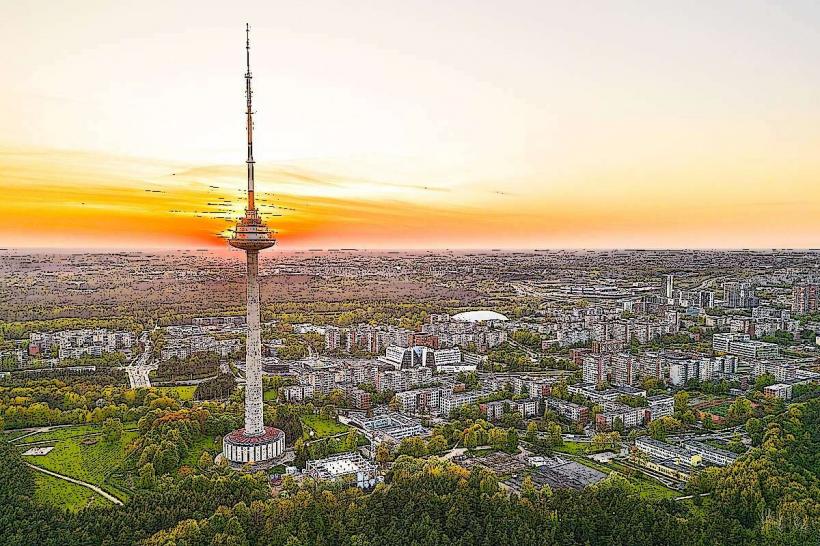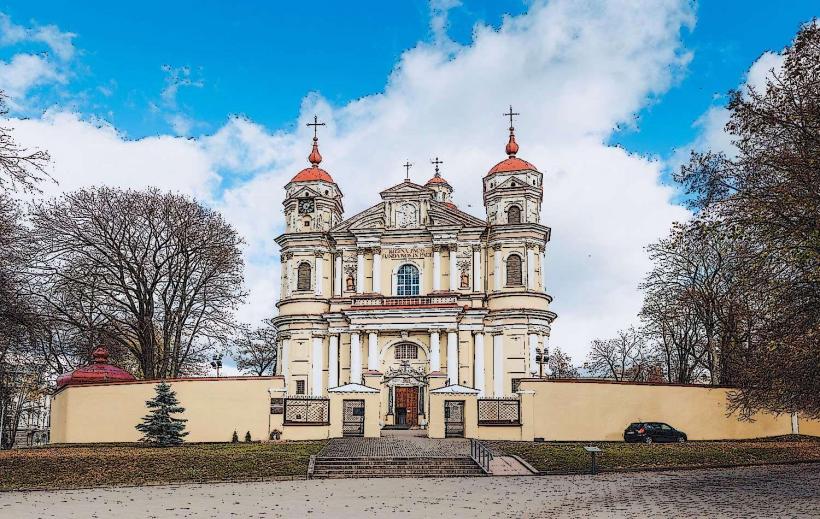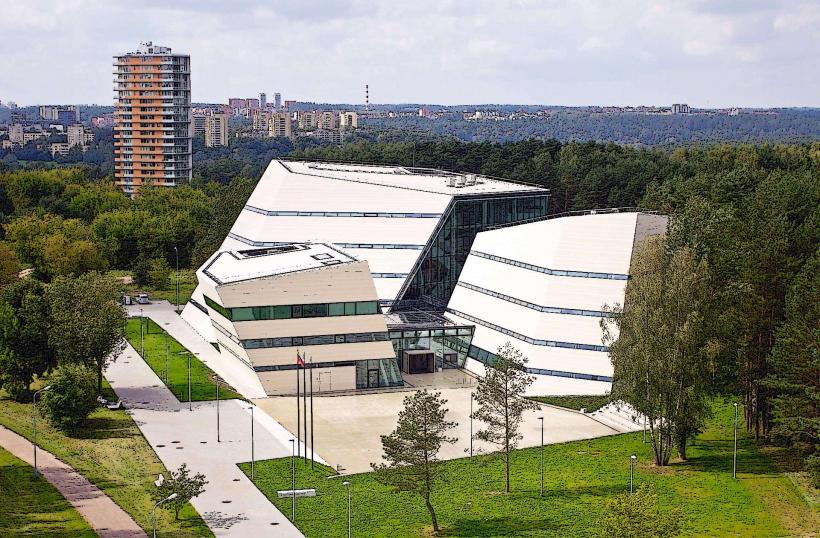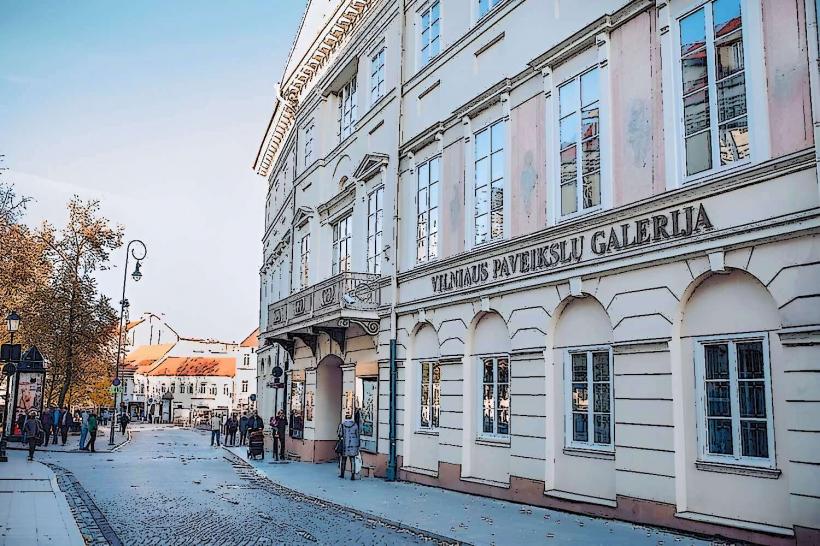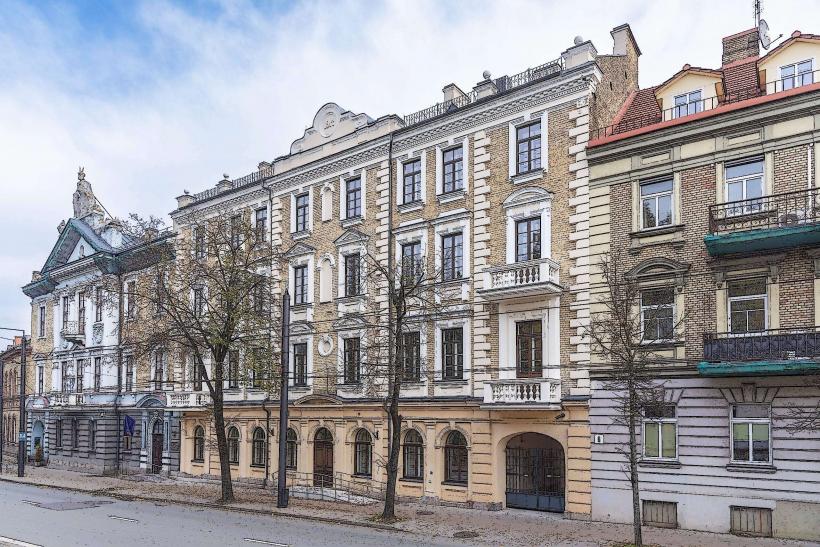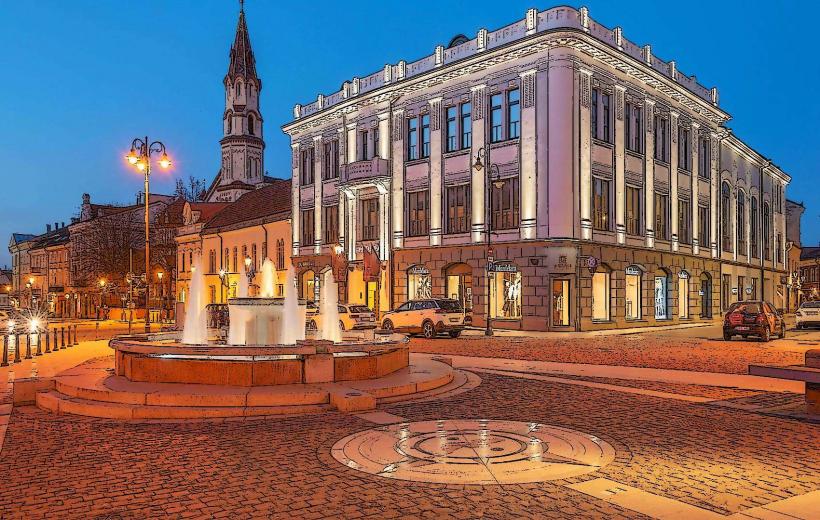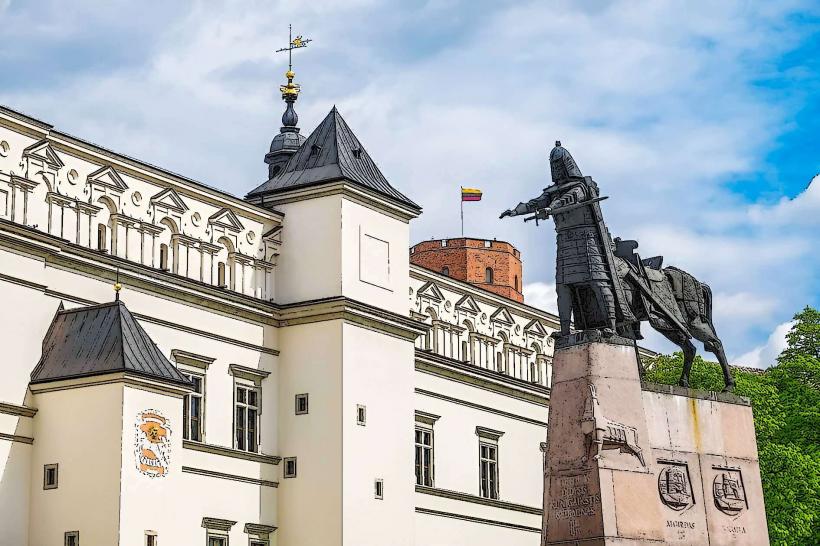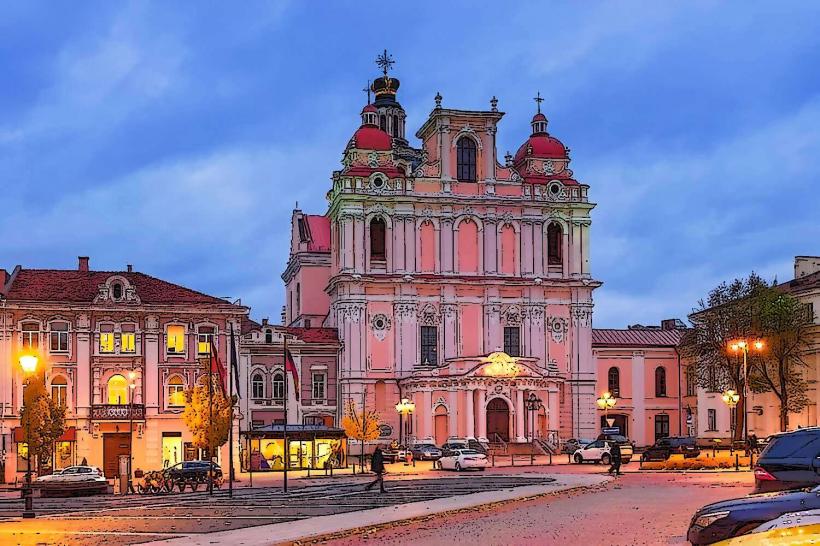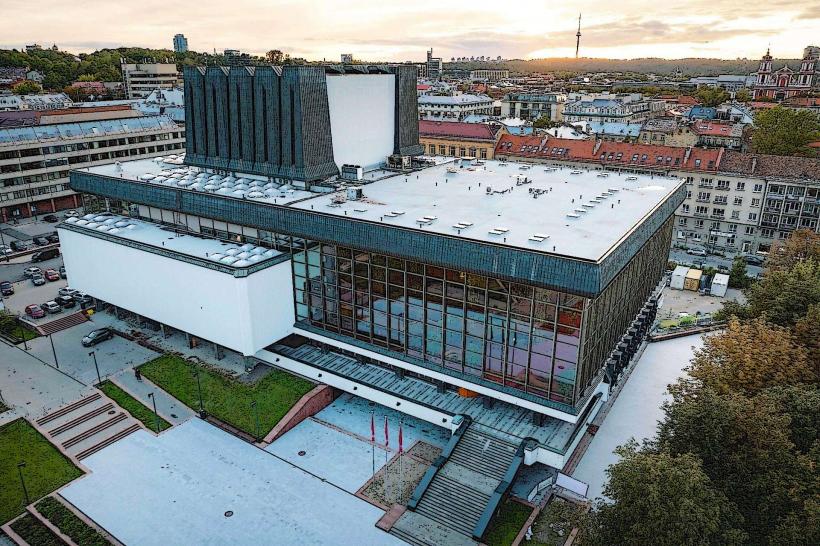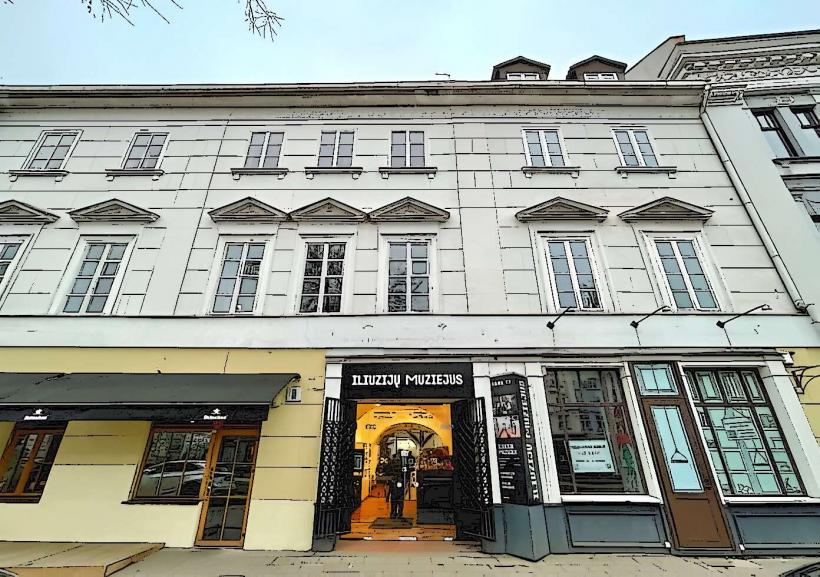Information
Landmark: Vilnius Town HallCity: Vilnius
Country: Lithuania
Continent: Europe
Vilnius Town Hall (Vilniaus rotušė)
Vilnius Town Hall (Lithuanian: Vilniaus rotušė) is an important historical and architectural landmark located in the heart of Vilnius Old Town. As one of the city’s most significant buildings, it has served various functions throughout history and remains a symbol of the city’s rich cultural, political, and civic heritage.
Historical Background
Early History: The original Vilnius Town Hall dates back to the 15th century, with the first mentions of a town hall in the city appearing around 1422. The building was constructed as a central point for administrative and civic life in the city, which was an important center of trade, culture, and governance within the Grand Duchy of Lithuania.
Medieval and Renaissance Eras: Over the centuries, the Town Hall underwent several expansions and reconstructions. Initially built in a Gothic style, the building’s design evolved, incorporating Renaissance elements during the 16th century. The town hall became the administrative and commercial center of the city, where decisions about the welfare of Vilnius and its residents were made.
Baroque Renovation: In the early 18th century, following a fire that destroyed parts of the original building, the Vilnius Town Hall was reconstructed in the Baroque style. The new design included the addition of a second floor and a more ornate façade, which aligned with the architectural trends of the time.
Russian Empire and Polish Influence: During the periods when Vilnius was part of the Russian Empire and later the Second Polish Republic, the Town Hall was used for various purposes, including as the seat of the city’s municipal government. It also housed offices and government institutions at different times in history.
Soviet Period: The building’s role changed dramatically during the Soviet occupation of Lithuania. The town hall became less important in the political landscape of the city, and its use shifted to serve other administrative functions under Soviet rule.
Post-Independence: After Lithuania regained its independence in 1990, the Town Hall was restored and became a venue for important civic and cultural events once again. Today, the building is a prominent symbol of the city’s history and modern civic life.
Architectural Features
Facade and Exterior: The Vilnius Town Hall is an elegant example of Renaissance and Baroque architecture. The facade features a harmonious combination of Baroque and Neoclassical elements, including ornate windows, a prominent central entrance, and pillars that support a decorative pediment. The overall appearance of the building conveys its historical significance as a place of civic power.
Town Hall Square: The building is located on Town Hall Square (Rotušės aikštė), a central public space in Vilnius that has long been a place of trade and public gatherings. The square is surrounded by several historical buildings, with the Town Hall standing as a focal point. Over the years, the square has been the site of political events, festivals, and other public celebrations.
Interior: The interior of the Vilnius Town Hall is equally impressive, with several rooms and halls designed for meetings and public gatherings. The building includes a grand main hall, which is used for ceremonies and events. The interior is adorned with period furniture, chandeliers, and decorative features that reflect the building’s historical significance.
Clock Tower: One of the distinguishing features of the Town Hall is its clock tower, which rises above the square. This clock tower is a recognizable feature of Vilnius' skyline and has been an important timekeeping device for the city since its construction. It also serves as a visual symbol of the city’s civic life.
Functions and Significance
Administrative Role: Throughout its history, the Town Hall has served as the center of municipal government for Vilnius. It was the venue for the city council and other administrative meetings, and it housed the offices of local officials who were responsible for overseeing the city’s affairs. The building's function as the heart of Vilnius' governance made it central to the city's political development.
Cultural and Civic Events: In the modern era, the Town Hall serves not only as a historical site but also as an active venue for cultural and civic events. It hosts concerts, exhibitions, and public ceremonies, making it an important part of Vilnius' cultural life. The building is also the site of various official ceremonies, including the presentation of awards and other civic honors.
Symbol of Civic Pride: The Town Hall has become a symbol of Vilnius' civic pride and a reminder of the city’s long history. It represents the continuity of local governance and the enduring spirit of the city’s people. The building is a symbol of Vilnius’ identity and its resilience through the various political and historical changes that have shaped the city.
Tourist Attraction: The Town Hall is a popular tourist attraction, drawing visitors interested in its history and architecture. Many tourists visit the Town Hall Square, which is a lively area filled with cafes, shops, and cultural sites. Guided tours of the Town Hall are available for those interested in learning more about its past and significance.
Vilnius Town Hall Today
City Administration: While much of the administrative work has moved to other parts of the city, the Vilnius Town Hall remains the symbolic center of city government. It continues to serve as the venue for important municipal functions and represents the city’s official presence.
Cultural Venue: The Town Hall has become an important cultural venue. The main hall and other rooms are often used for art exhibitions, musical performances, and public events. The space is available for use by the public for various civic and private occasions, helping to keep the building relevant and vibrant.
Renovations: Over the years, the Town Hall has undergone various renovations to preserve its historical and architectural value. These renovations have helped maintain the building’s integrity while ensuring it remains a usable and functional space for the modern city of Vilnius.
Conclusion
Vilnius Town Hall is not only a central historical landmark in Vilnius Old Town but also an enduring symbol of the city’s evolution over the centuries. From its origins as a medieval civic center to its present-day role as a hub for cultural and public life, the Town Hall continues to serve as a place of historical significance and modern-day relevance. Whether as a site of governance, a venue for cultural events, or a symbol of Vilnius’ resilience, the Vilnius Town Hall remains an essential part of the city’s identity.

